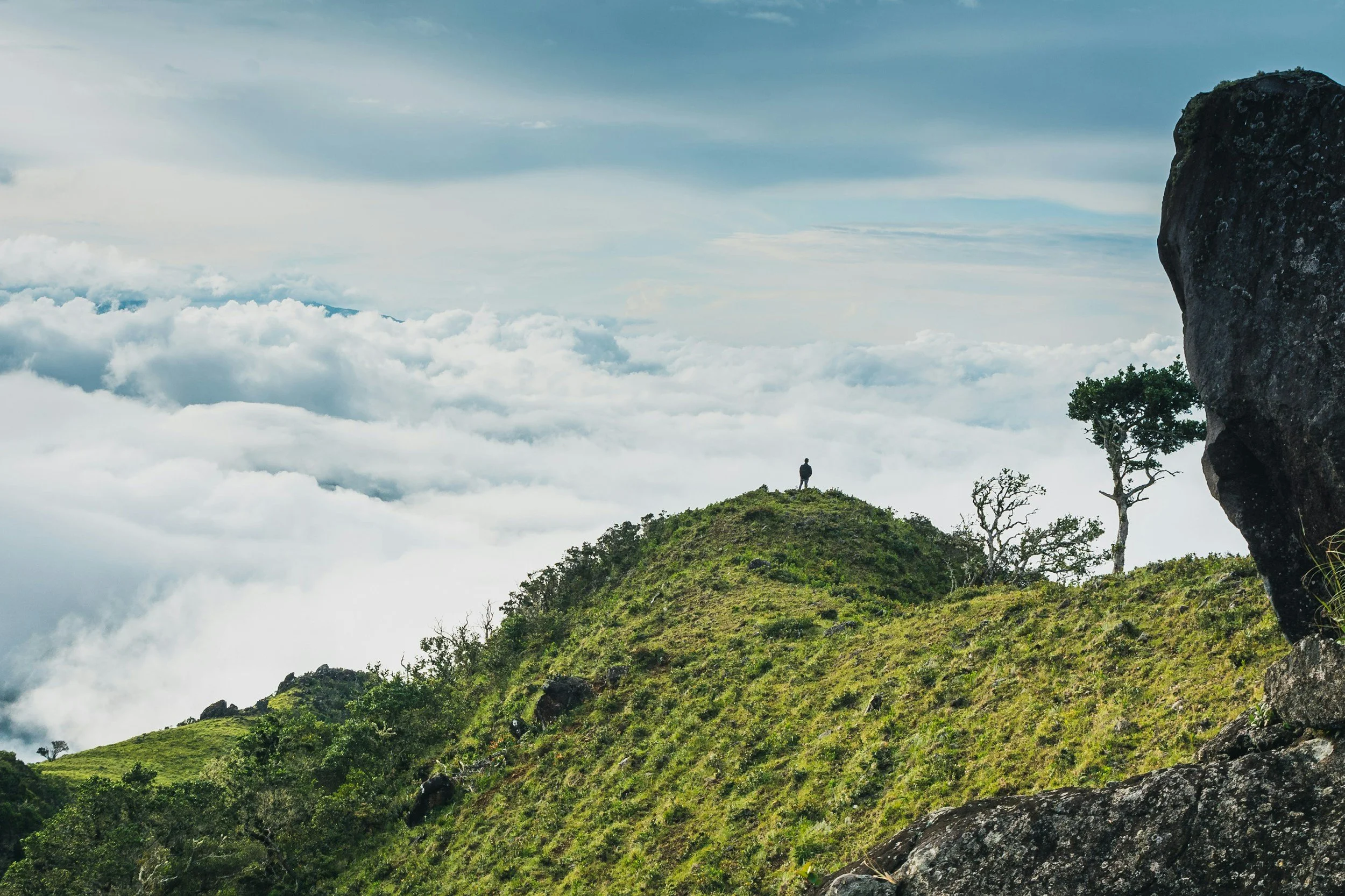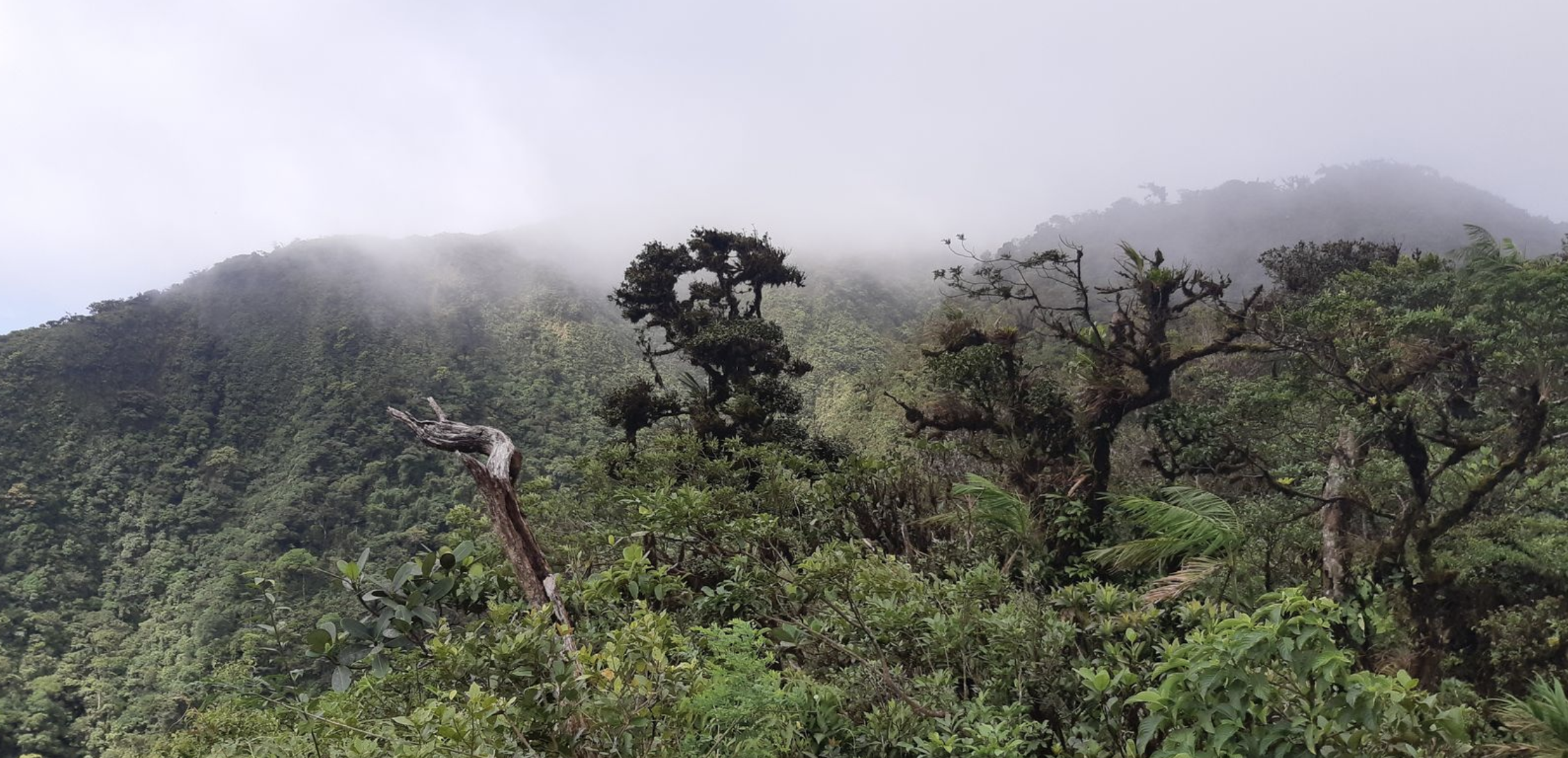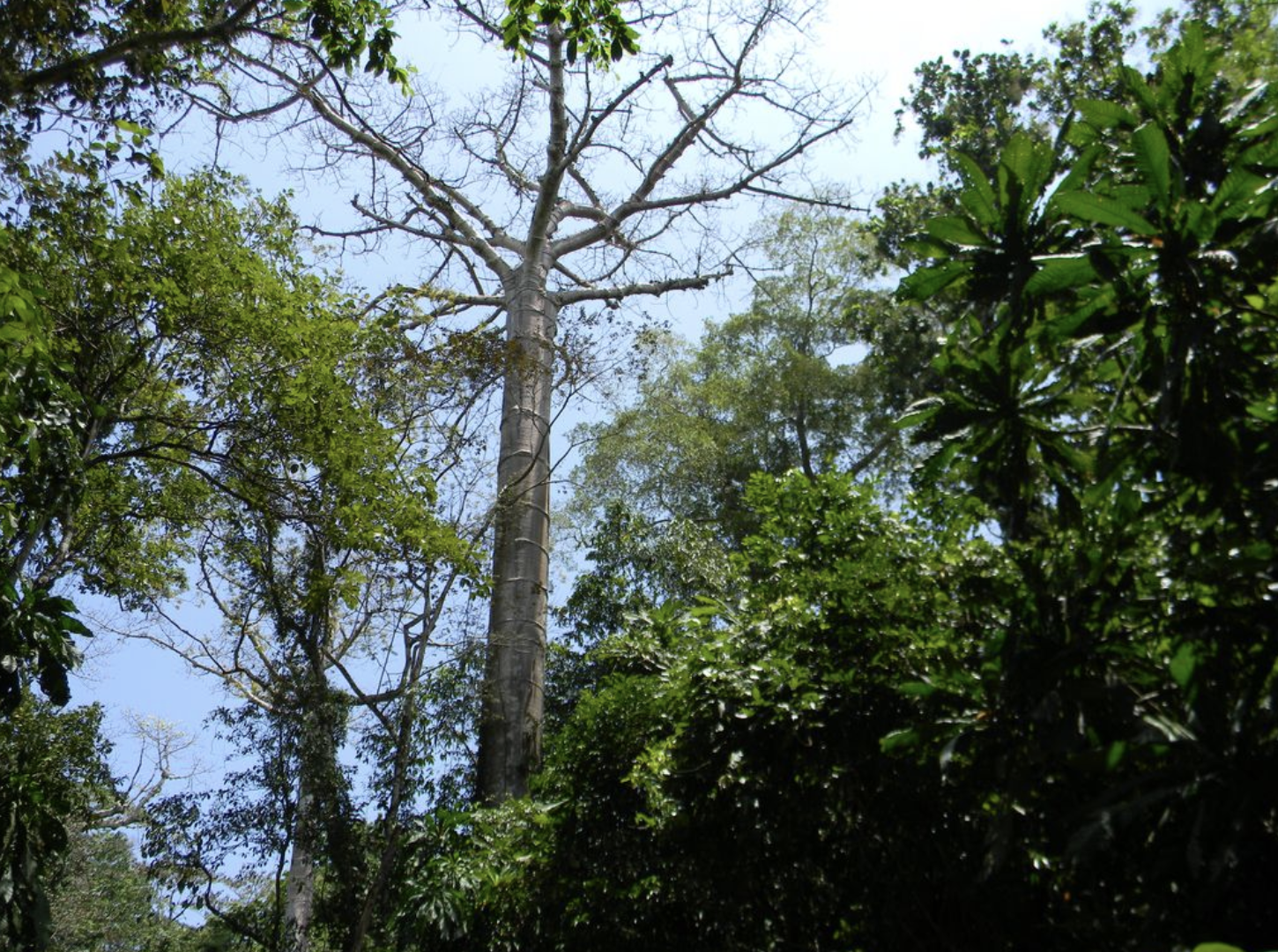
OUR WORK
MAPA: Mapping action for Panama
At the heart of our project is MAP: Mapping Action for Panama, a bilingual hands-on learning lab that uses maps as tools for ecological education, so that students may discover the importance of their biological corridors, learn their vital role in sustaining balance, and envision a future where people and nature thrive together.
-
A biological corridor is a strip of natural habitat that connects larger protected areas, allowing animals to move safely between them.
These “green highways” are crucial for:
• Safe migration for animals like jaguars, ocelots, margays, monkeys, and birds.• Genetic diversity through interbreeding across populations.
• Seed dispersal and ecosystem regeneration, essential for healthy forests.
Adaptation to climate change, as species move in response to rising temperatures or habitat loss.
Panama’s geographic location as a bridge between North and South America gives it one of the most important biological corridors in the Western Hemisphere. Many segments of this corridor have been disrupted by roads, agriculture, mining, and real estate development, jeopardizing both wildlife and ecosystem services.
Youth education & Volunteerism
The restoration of Panama’s ecological systems requires a new generation of local, informed, engaged citizens. Our curriculum blends map literacy, geography, local biodiversity, wildlife protection, environmental science, and civic engagement to prepare Panama’s future leaders.
-
Restoration of Panama’s ecological systems requires a new generation of informed, engaged citizens. Education is where that begins.
• Geographic literacy and map reading
• Local biodiversity and threatened species identification
• Real-world restoration strategies
• Civic responsibility and environmental leadership
Teacher Training Programs
The Panama Corridor Project’s teacher training program empowers educators with the tools to bring conservation, map literacy, and interdisciplinary learning into the classroom. By using Panama’s Biological Corridor map as both a teaching resource and a lens for discovery, teachers can blend science, geography, and civics in ways that inspire students to see the deep connections between people and the natural world.
-
Teacher-to-Teacher Training Program
To ensure sustainability, the Panama Corridor Project MAPA includes a teacher training program focused on:
• Building map literacy (digital and print)
• Teaching ecological concepts with place-based relevance
• Implementing restoration-oriented classroom labs
• Encouraging interdisciplinary learning

A bridge between North and South America, Panama is one of the most important biological corridors in the Western Hemisphere.
In conservation, maps are more than tools — they are acts of vision, helping us see the invisible threads that bind life across landscapes.
MAPPING THE ROAD TO CONSERVATION






